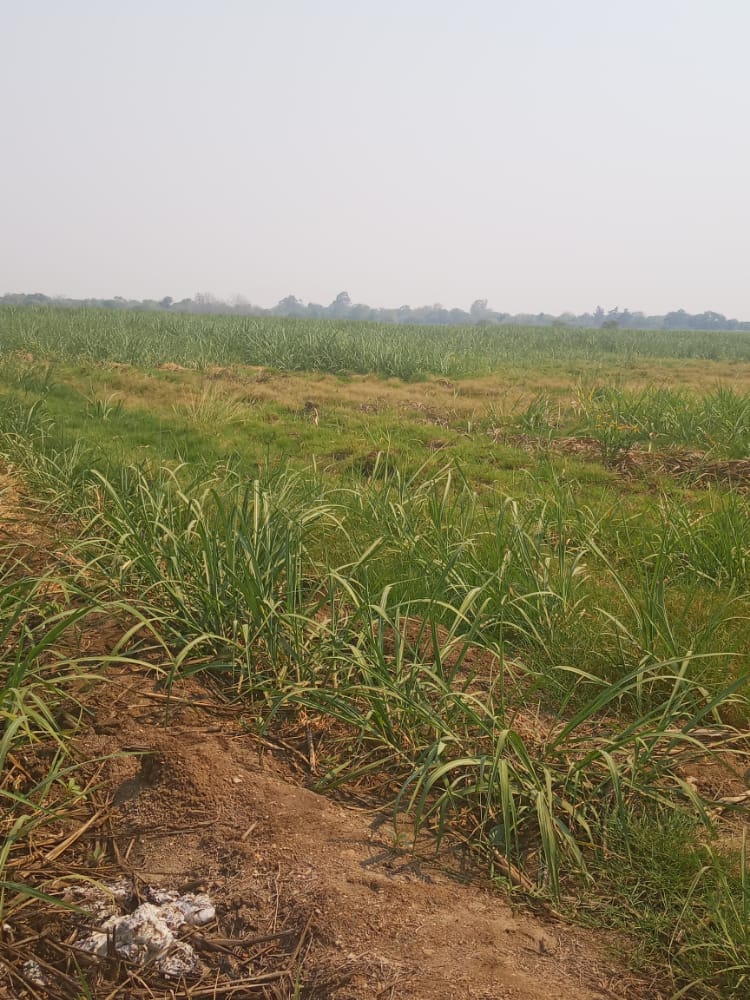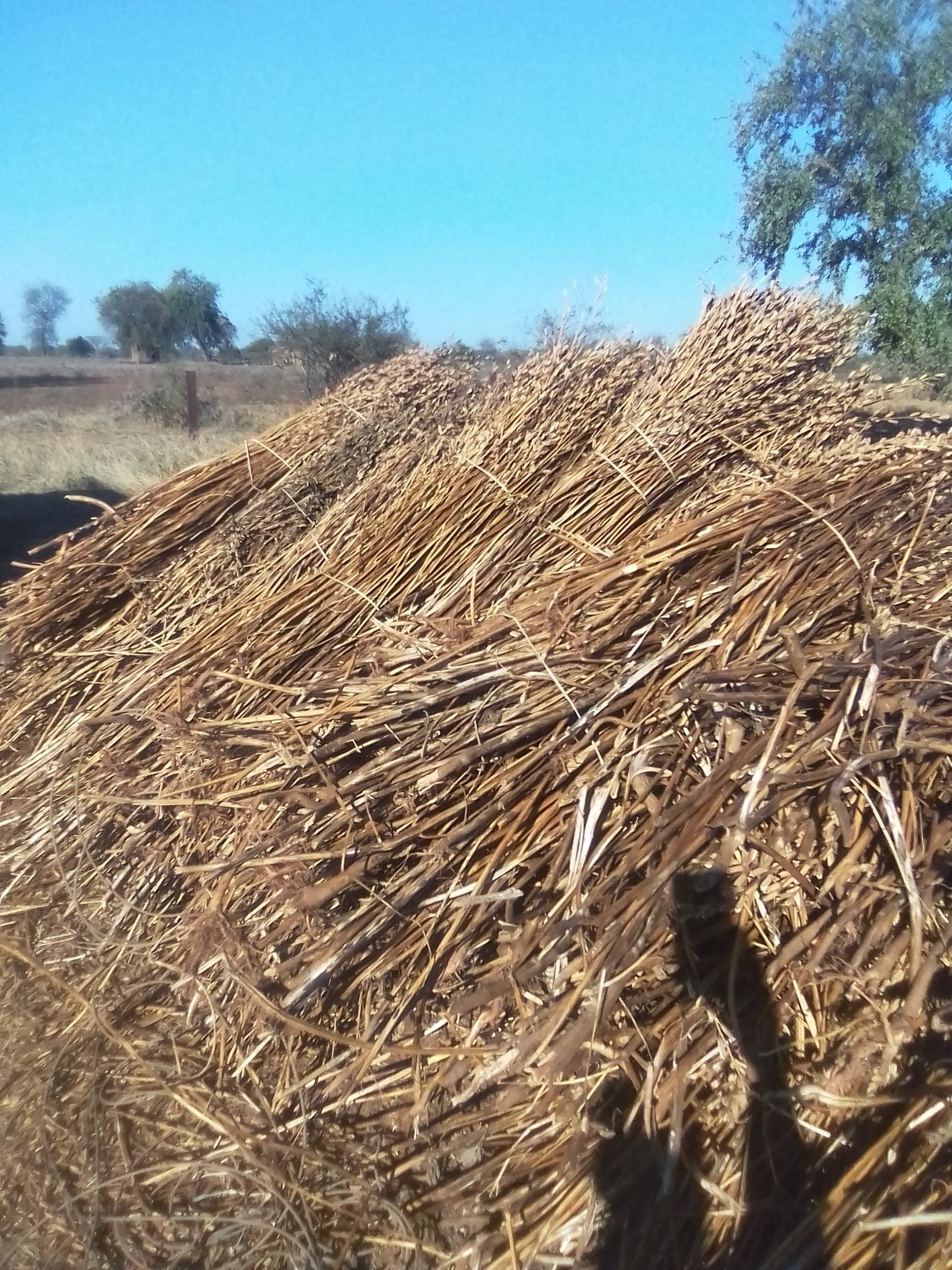Mkwasine – Residents in Mkwasine are now resorting to the use of bush toilet system because there is no more water following a major breakdown at Manjirenji Dam.
By Simbarashe Musoni
The breakdown, as earlier reported by this publication, affected the supply of water to the sugarcane plantation and residential areas.

The sad episode started 7 days ago and by the time this story was published, there was no rectification to the problem.
This follows a jab in the jaw after one of the outlet doors that release water into the main canal developed a leaking problem that eventually led to disruptions in the easy passage of water.
Inland storage dams in Mkwasine that includes Ndau, Gullivers and Makepisi have since dried up.
The situation was worsened by some reckless residents who opened dam valves so as to catch fish for sale and for the pot.

“From the weekend of 7 November, local residents have been getting water from canals but now they are all dried up”, a resident who resides in 23K village.
The failure by Manjirenji Dam has indeed proved that water is a precious liquid to both flora and fauna.
“We are now using bush toilets to relieve ourselves.We have no option because we use flash system toilets but there is no water”, added Mr Munyaradzi Chitani who resides in the MB Section.
Lowveld Checkpoint has also noted that Sugarcane fields are also used as areas of relief by residents.

Mkwasine Primary and Secondary schools are also affected and they are no longer having full day learning.
Parents applauded the decision from the school heads as shortage of water in public spaces can be a health hazard.
Chipiwa and Porepore residential areas and schools have similar challenges.
Other affected areas include small scale horticulture farmers at Nyangambe’s village 3 that is situated along the main canal, 23K and Gutsaruzhinji.
This reporter is reliably informed that ZINWA has deployed several specialists and engineers to work on the technical fault to restore flow of water anytime soon.
Already the sugarcane plantations are showing signs of wilting, coupled by the current heat wave.
More than 15 000 hectares of new cane face wilting if the problem persists.












